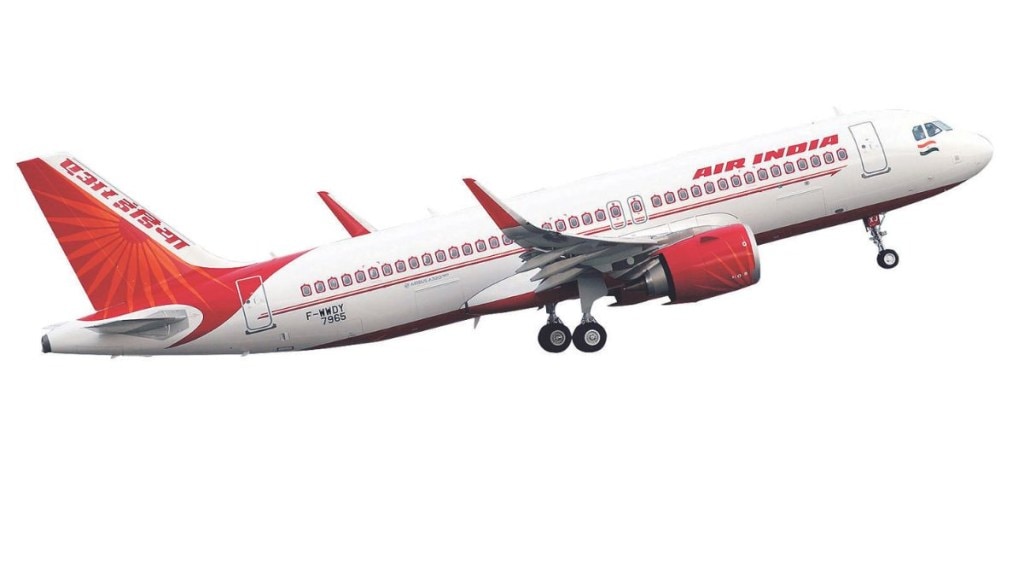Earlier this week, Tata Sons reportedly initiated the process to bring all its airline brands under the Air India umbrella. With this, all its airline brands including Vistara, AirAsia India and Air India Express will come under the Air India brand. It is reported the company may drop the Vistara brand altogether, and Singapore Airlines is expected to be a minority shareholder in Air India, with a few of its board members on the Indian carrier’s board. Experts note that the merger of Vistara will give Air India scale in terms of fleet size and market share, enabling the carrier to take on market leader Indigo. Air India has over 110 aircraft while Vistara has over 50. With AirAsia India and Air India Express included, the total fleet size is likely to be well over 200.
While the consolidation is expected to bring down Air India’s costs and drive up its domestic market share, the transition process will be far from smooth. “Vistara is a strong brand name in the sector and has powerful equity among consumers. It is not going to be an easy task to transition the Vistara brand or to bring it under the same umbrella with Air India and AirAsia. Communicating a new brand identity without losing the Vistara brand equity will be difficult,” points out Amit Wadhwa, CEO, Dentsu Creative India. This is also because each brand has a distinct positioning and offering. AirAsia India is an economy brand, Vistara is a premium carrier with a small international presence, while Air India is viewed as the national carrier with a wide international network.
Beyond cosmetic change
Consolidation of all the brands under Air India at this time doesn’t really make sense, observes Santosh Desai, MD & CEO, Futurebrands Consulting, who believes that the first order of business should be to elevate the Air India customer experience and fix its problems on the ground. Calling the move premature, he says, “If this was done perhaps 3-5 years down the line, once the brand has shown signs of rejuvenation, it would have been good. The airline still has a lot to do in terms of improving its on-time performance, its service and in-flight experience. Unless the consolidated entity stands for a standardised, consistent experience and image, it will remain a mere cosmetic change,” he remarks. The company needs to first create an experience convergence before taking the consolidation route, asserts Desai.
Air India currently has a 10% domestic market share and an international market share of 12%, and its newly appointed CEO Campbell Wilson has set a target of 30% share in both domestic and international markets over the next five years. The airline also plans to triple its fleet size in five years. The consolidation strategy is expected to help the airline reach its growth goals and emerge a strong competitor to Indigo, which holds 58% of the market.
KV Sridhar, global chief creative officer, Hypercollective and Nihilent, notes that if anyone can script a successful brand comeback story for Air India, it is the Tatas, who took over the airline this January. “Since the past few months, the airline has already shown signs of improvement. The Tatas have had a deep relationship with the airline, and there is perhaps no one better to turn Air India around. After TCS, this could probably become the second largest revenue earner for the Tatas,” he says, adding that the company has to still address varied issues across each airline entity to make the consolidation successful. Vistara could incorporate more ‘Indianness’ into its brand elements, which still bear a heavy Singapore Airlines influence. Likewise, AirAsia India could improve its on-board service, while Air India needs to tackle challenges such as the power of its staff union that impact the brand’s performance and customer experience.
Also Read: Kapiva ropes in veteran actress Sudha Chandran to raise awareness about Diabetes management on World Diabetes Day
